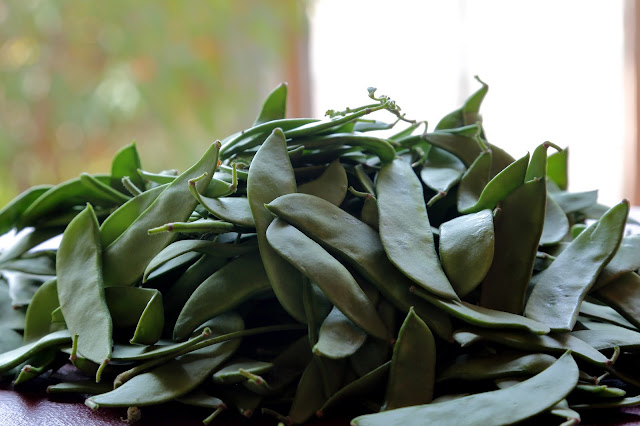A couple of posts ago, we gave a gist about how our breads are made and why it takes 48 hours to make and bake them. As promised earlier, here is the reason why we bake at low temperatures – something, we all must know if we would like to bake and eat healthy food.
Most baked products and bakers suggest that they make healthy food, simply on the basis of having used whole grains while making them. While the intentions are good, they don’t go the whole way in making it truly healthy to stake such a claim. The major reason being – the baking temperature, while most breads are baked at 180c and above, some are baked at temperatures as high as 220c- a temperature that turns a lot of healthy food into harmful ones! Here’s how…
In 2002, Swedish scientists discovered acrylamide in certain kinds of cooked food- this rang alarm bells because acrylamide is a known carcinogen. It was discovered, that cooking at high temperatures, caused a chemical reaction between certain sugars and an amino acid called asparagine, which is present in food, to form acrylamide. So what kinds of food are likely to form acrylamide- Foods that have starches, like those made from grains, vegetables and fruits. Acrylamide formation begins when food is cooked above 120 c and rapidly increases with increasing temperature. At 200c and above, the acrylamide formation reaches very high proportions, and it is the temperature at which most baking occurs.
So what do we do to make our breads safe? We use a four-pronged technique to reduce acrylamide formation.
1. The most effective method is to bake at a lower temperature- although it takes a longer time, we bake our breads at 140C/150C which is slightly above the temperature at which Acrylamide is formed- albeit at lower quantities.
2. Yeast fermentation: Studies have shown that the process of yeast fermentation degrades asparagine, a lower level of asparagine means lower levels of acrylamide.
3. High humidity during baking: High humidity during baking also retards the formation of acrylamides - we keep a water bath in our oven, to provide the necessary humidity.
4. Soaking of grains: As mentioned earlier, we soak our grains for at least twenty four hours. Soaking leeches asparagine and, lesser asparagine means reduced acrylamides.
Industry standards require that a maker disclose all ingredients in their product. However, it’s not just the ingredients, but the baking temperature too that plays a vital role in how healthy a food really is! So, the next time you eat a so-called healthy baked product, try and find out at what temperature it was baked! And if you are a home baker, bake at lower temperatures, preferably below 180c.
Ref:
1. http://centaur.vri.cz/docs/EU2011/_Keramat_AA.pdf
2. http://www.sciencedirect.com/science/article/pii/S002364380700028X
3. https://s3.amazonaws.com/academia.edu.documents/44133779/Fermentation_reduces_free_asparagine_in_20160326-9894-1pixh2z.pdf?AWSAccessKeyId=AKIAIWOWYYGZ2Y53UL3A&Expires=1514830333&Signature=bFxgKtwQJQ3EEC9dWMMABcw3q%2FY%3D&response-content-disposition=inline%3B%20filename%3DFermentation_Reduces_Free_Asparagine_in.pdf
4. https://pdfs.semanticscholar.org/6c92/68f8d01556d51f643acf5bb7c3cc46cd6f18.pdf








